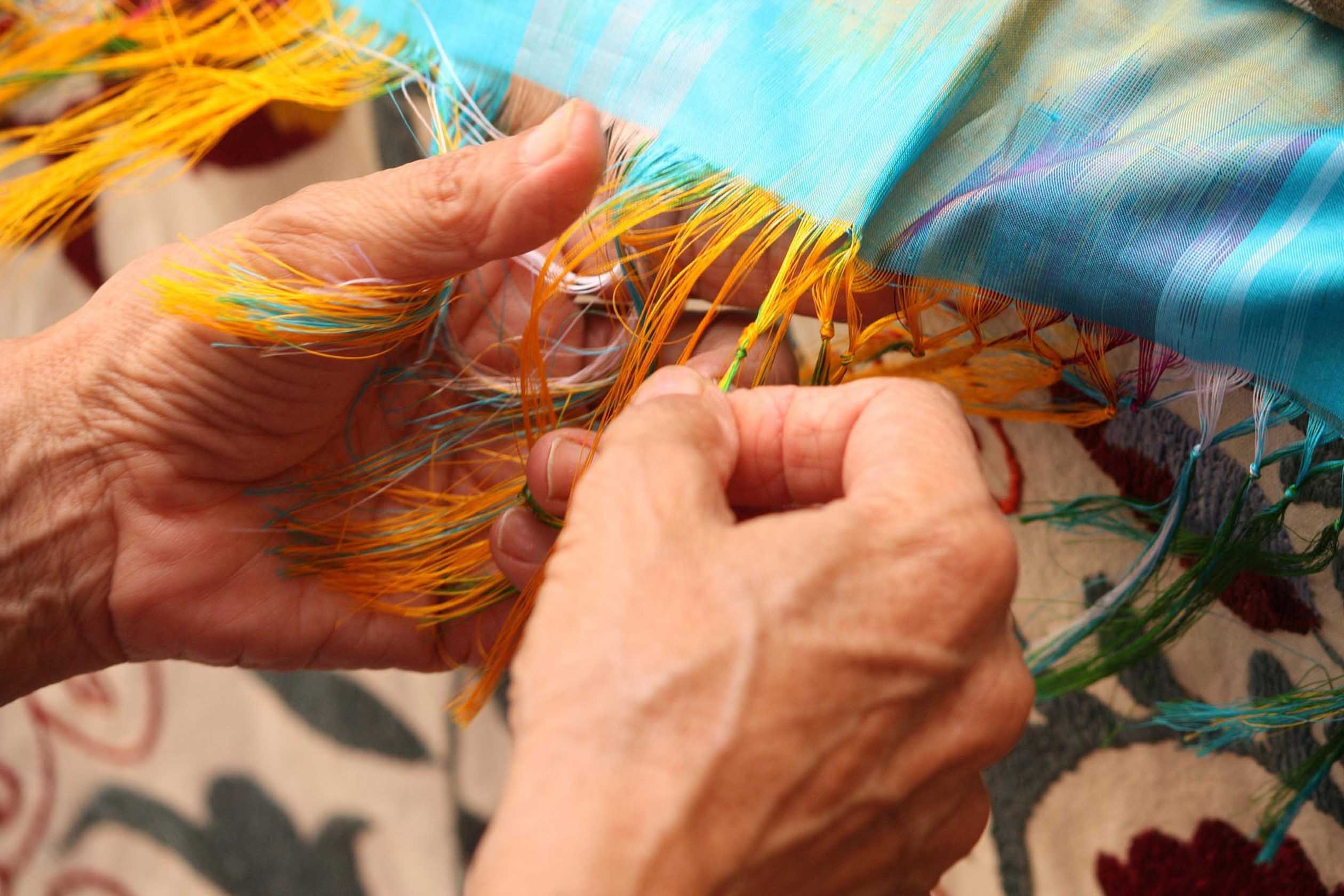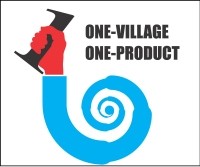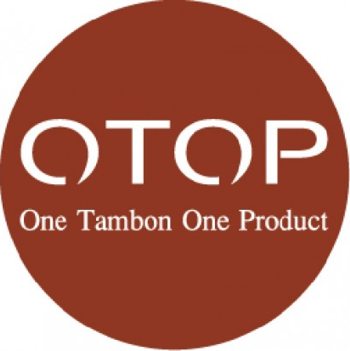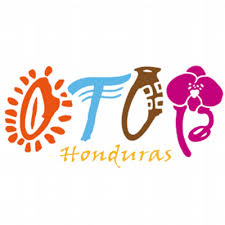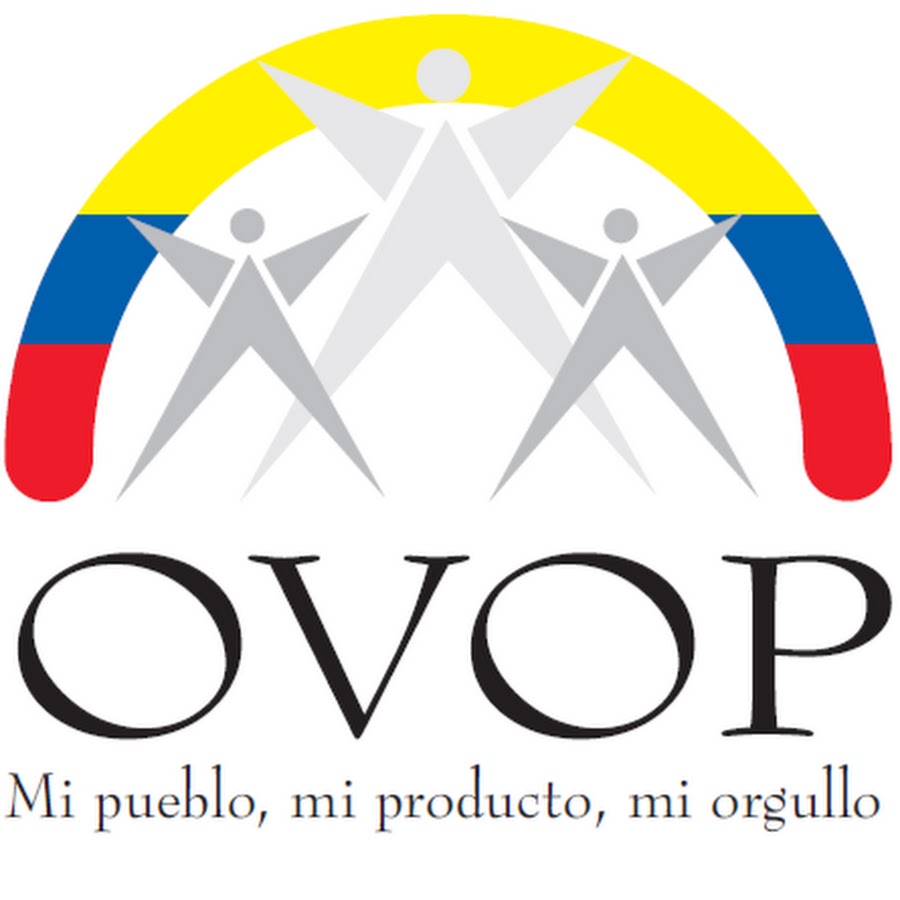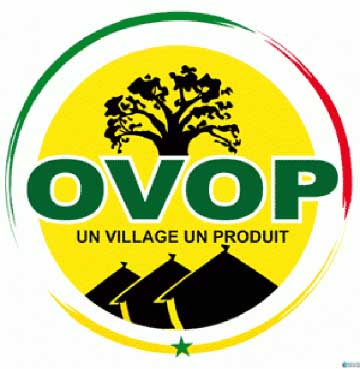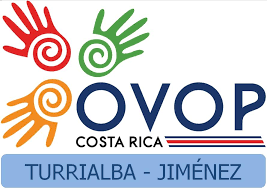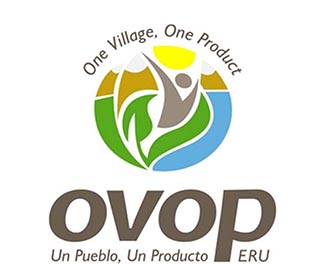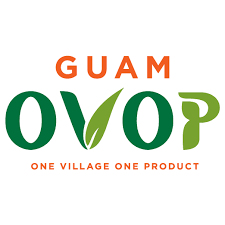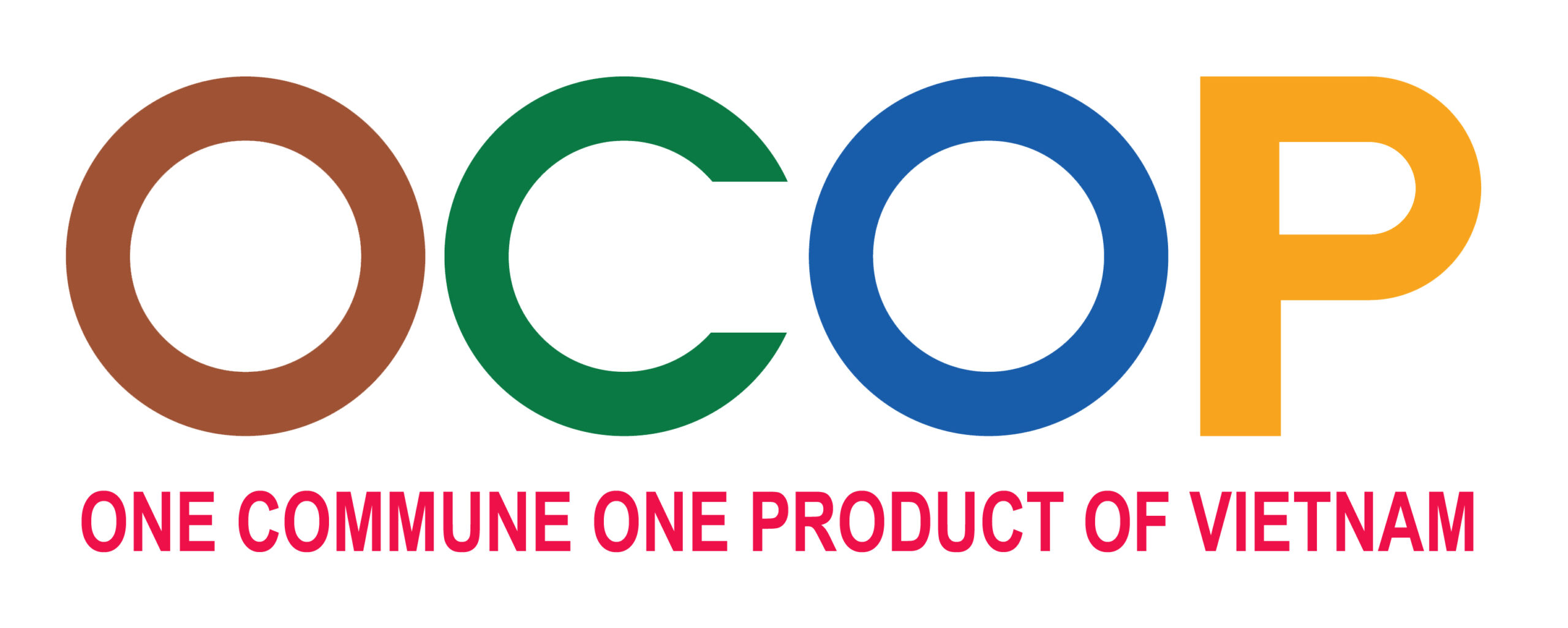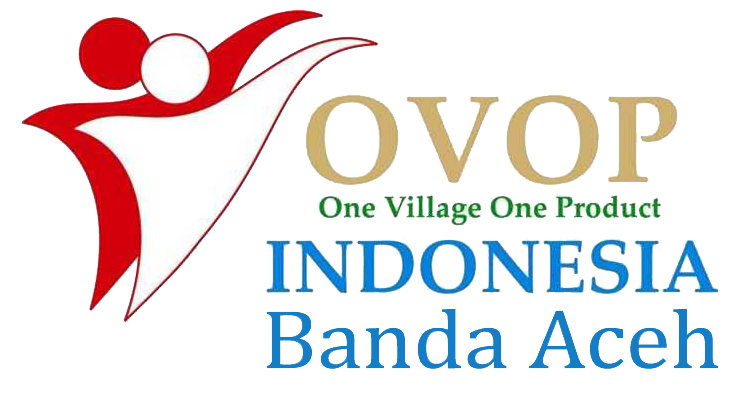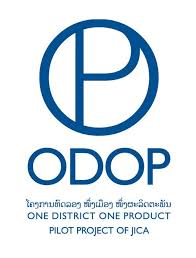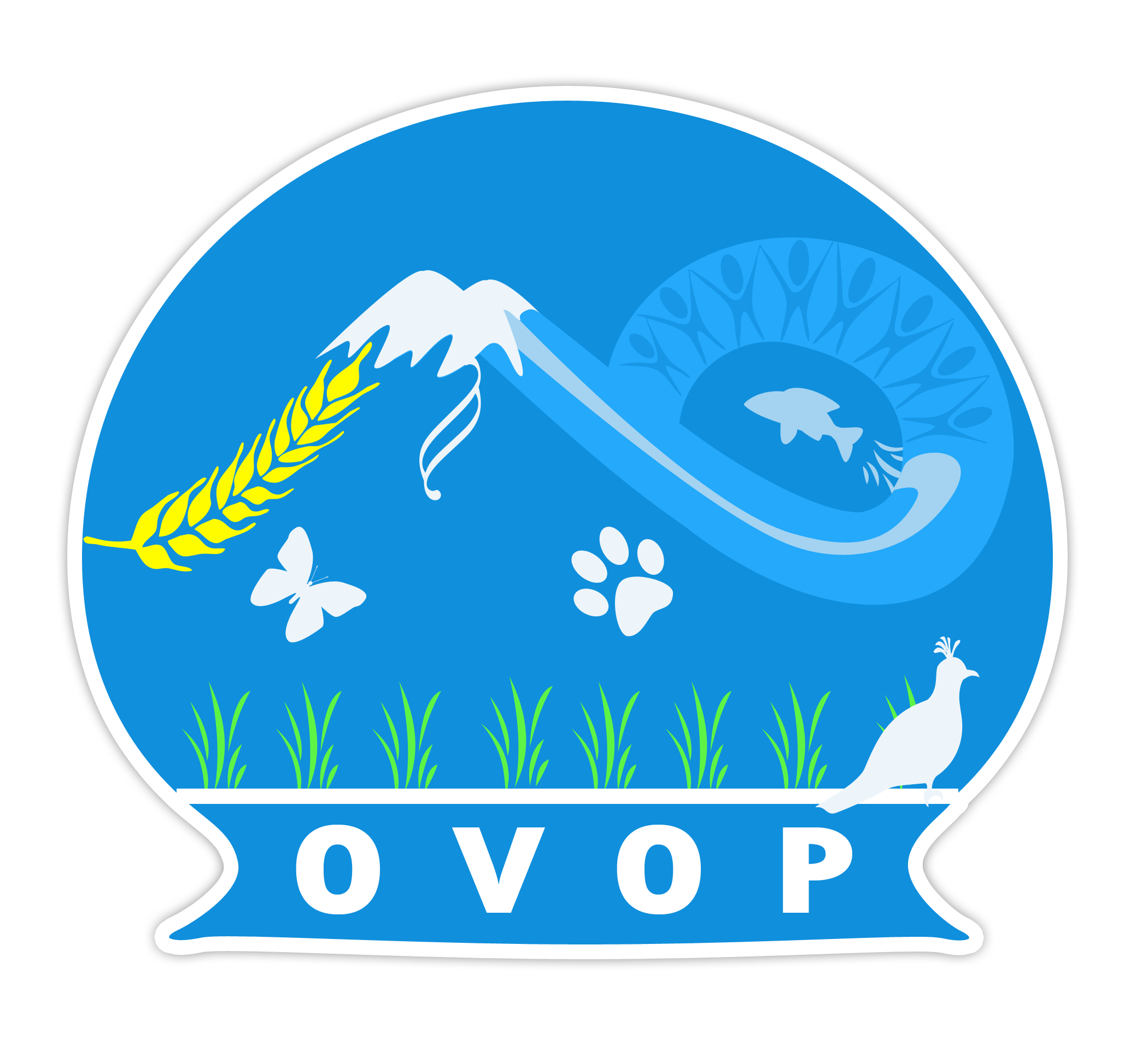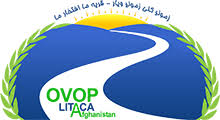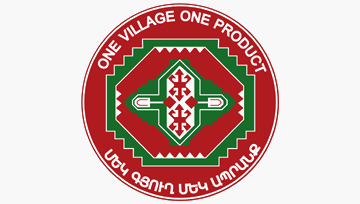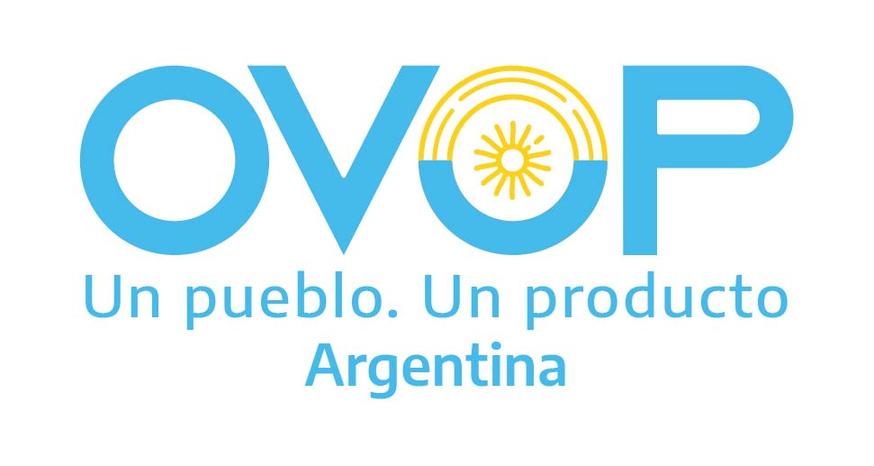For centuries, each nation's silk tradition has been passed down from generation to generation, preserving to this day the secrets of creating beautiful fabrics and carpets from silk. From the past until now, in order to create a soft, smooth, and smooth fabric, silk has to go through many stages, requiring meticulousness and strict care of workers. One of the regions that cannot fail to mention in silk production is Central Asia. The formation of mulberry and silk weaving in Central Asia appeared in the middle of the second millennium as the beginning of the Great Silk Road.
Silk is preferred over other fabrics because of its natural luster, softness and rich colors. Today, many people still use the old mulberry growing methods without any changes in materials and tools. Although not an "empire" on the great silk road of mankind, Central Asia silk has always been highly appreciated by the world for its unique characteristics with mysterious ancient features.
When it comes to silk, everyone thinks of mulberries. Mulberry is a genus of the mulberry family, has about 24 species. In the south of Russia and in Central Asia there are 4 species. In Central Asia, when raising silkworms, people will grow: white mulberry, mulberry many bodies, mulberry.
When raising mulberries in the spring, one-year-old mulberry branches are cut annually and in the summer - autumn, cut one-third of newly developed buds. Normally, every 4-5 years, the mulberry tree will get a year of rest. Mulberries are resistant to drought, require little soil, are salty and flood-resistant. During the growing season, mulberry-watering areas in Central Asia (Uzbekistan) will make 5-10 times of irrigation. Mulberry leaf yield with high agricultural technology will be about 9-10 tons per hectare of plantation.
In Central Asia it is common to propagate domesticated (raised) silk while other countries use cocoons of some wild silkworm species such as oak, ailanthus, castor oil, etc.
The process of raising silkworm silk is a job that requires seriousness in the work, to make the silk thread fruit is not easy at all. So silk artisans had to be very delicate to perform many meticulous stages such as picking cocoons, plucking silk, spinning, spinning until weaving or staining.
In general, the production process of mulberry cultivation of Central Asian countries is quite similar, including the steps:
- planting mulberry trees
- planting unique fodder crops for moths rearing silkworm eggs
- silkworm incubation
- revitalizing the testes of silkworms feed the caterpillars
- primary processing of cocoons - drying
After 20 days, small caterpillars will hatch from the eggs and they will start eating mulberry leaves (mulberry tree) in 21-34 days, divided into 5 years of age, undergoing four molting, small silkworms are raised separately. and feed the young mulberry leaves. To raise silk, room conditions need to be clean, the air temperature is stable about 25-26. To create favorable conditions, the mountain is brought with a special aromatic grass (shuvok).
After the worm ripens, it will not eat mulberries anymore. Within 3 days it will curl up cocoons and then their shells will consist of a silk thread about 1000-1500 meters long. Silk is a kind of transparent, viscous and transparent protein filament, secreted from the silk's salivary glands, when exposed to air, the liquid hardens, and forms silk. Ripe silkworms secrete a second liquid called sericin, which is a kind of glue that attaches two thin silk threads together to form a silk thread. After releasing all silk, silkworm will be exhausted and stay in the cocoon and turn into pupae, this time can start to remove the cocoon to bring silk. Usually the cocoon will weigh 1.7-2.3 grams.
Silk incubation is the spinning of silk fibers from cocoon to silk yarn. To reel the silk, the cocoon should first be treated with hot air or steam (at 75-80 temperature for 15-20 minutes) to prevent it from turning into a butterfly causing the silk thread to bite. Cocoon island to make a layer of glue sericin partially melted, soft cocoon, outer layer of cotton cocoon slough off to find the original silk thread to draw silk thread, about 10 silk threads are pulled by silk reelers pulled from 10 cocoons. There are several different types of silk thread, depending on the type of silk that takes the middle head or the body of a pupa, it is divided into conical silk, sow silk, silk thread or silk root.
Cocoons are usually dried for 2-3 months on a dryer in the shade (rack) so that they will not be damaged during storage. The dry cocoon is then sent to the factory, where it is reeled, filmed, spun until woven or dyed. From silk yarn, depending on silk quality and how to twist silk yarns will have different quality silk.
And depending on the number of twine that the silk fabric will adjust the thickness, creating a variety of silk fabrics with enough thickness, drooping, clear, glossy or soft, iridescent.
Each type of silk of ethnic groups in Central Asia is unique. Silk fabrics created by different countries such as Turkmens, Uzbeks, Tajiks, Kazakhstan all have their own outstanding artistic identity. Each ethnic group is different from the sophisticated techniques and lines reflected in different works.
Cocoon production areas and concentrated enterprises (silk in regions, businesses, machines, produced silk yarns)
Cocoon production areas are concentrated mainly in Surkhandarya, Samarkand, Ferghana, Bukhara, Namangan, Kashkadarya, Navoi, Andijan.
Silkworms Ipakchi-1, Ipakchi-2, Uzbekistan-5, Uzbekistan-6 Guzal, Marvarid are raised in the areas of Surkhandarya, Samarkand, Ferghana (Бешарыкском), Bukhara, Namangan, Kashkadarya, Navoi adapt to the temperature of 23-26 ° C, and the unique silk Ipakchi 1 x Ipakchi 2, Ipakchi 2 x Ipakchi 1 can adapt quickly to climate change (20-21 ° C, 27-29 ° C) in complex climates such as Karakalpakstan .
In Uzbekistan, businesses will follow the cluster model (all silk production processes will be controlled by enterprises). In areas like Namangan, there are businesses such as Golden Silk, VERI GROW IPAGI, Marjon tola fayz, Samarkand with Sam Global Silk, Bukhara as Buxoro Brilliant Silk, Kumushkent ipagi, Surkhandarya (Inter Silk pro, Surxon ipagi), Kashkadarya (Radiant Silk). , Andijan (Royal Silk, Sapfir Sanoat). Because local silkworm egg production only supplies about 50-55% of the demand, businesses import the missing eggs from China.
Silk prices
Silk prices will range from 34-55 $ 1 kg. 4A quality silk yarn costs about 34-37 $ (2 types: №310 - 34 $, №429 - 37 $) at Golden Silk enterprise. In Bukhara Brilliant Silk (BBS), 4A quality silk yarn costs about 43.5 - 58.5 $. Depending on the type of silk yarn as different as: № 310,215 - $ 43,5, twisted silk yarn 27/29 - $ 49,5, twisted silk yarn 20/22 (2 ply S650 / Z650) - $ 51,5 , twisted silk yarn 27/29 - $ 49.5, twisted silk yarn 20/22 (2ply S2600 (high-twist)) - $ 58.5. 3A quality silk yarn costs about $ 35-40 at Sam Global Silk.






